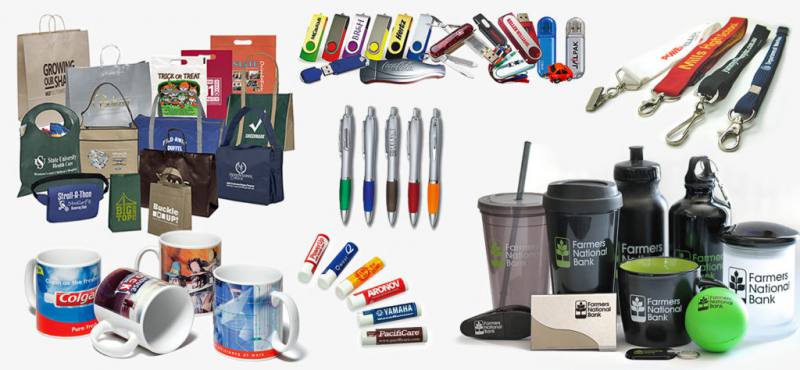How to Measure the Success of Your Promotional Products Campaigns – Tips and Tools
Measuring the effectiveness of promotional product campaigns is crucial for maximizing their impact and ensuring your investment yields strong returns. Here’s a breakdown of key steps to consider:
Setting Clear Goals: Before diving into metrics, define your campaign’s objectives. Are you aiming to boost brand awareness, generate sales leads, increase customer retention, or drive traffic to your website? Clearly outlined goals will guide you in selecting the most relevant performance indicators.
Identifying Key Performance Indicators KPIs: Once your goals are set, choose KPIs that directly measure progress. Here are some common examples based on campaign objectives:
Brand Awareness: Track impressions number of times your brand logo or product is seen on social media, website traffic generated through the campaign, and brand mentions online.
Lead Generation: Monitor the number of signups for email lists, event registrations, or demo requests captured through the promotional product distribution.

Customer Retention: Track repeat purchases or website visits from existing customers who received a promotional item. You can also measure engagement with loyalty programs or surveys gauging brand preference after the campaign.
Website Traffic: Use website analytics tools to monitor how many visitors arrived at your site after interacting with the promotional campaign, such as through a landing page with a specific code for recipients of the promotional item.
Setting Benchmarks: Establish a baseline for comparison to gauge the campaign’s impact. Analyze historical data related to your chosen KPIs from a similar period before the promotion. This will help you assess how much improvement the campaign has driven.
Tracking and Data Collection: Choose the right tools to track relevant data throughout the campaign. Leverage website analytics, marketing automation platforms, and social media insights to capture data on website traffic, leads generated, and social media engagement. Consider including unique codes or trackable URLs on the promotional products items themselves to monitor their reach and redemption rates for special offers.
Analyzing Results and Calculating ROI: After the campaign concludes, analyze the collected data and compare it with your set benchmarks. Calculate your return on investment ROI to assess the campaign’s financial viability. Here’s the formula for ROI: ROI = Gain from Investment – Cost of Investment / Cost of Investment. A positive ROI indicates a successful campaign that generated more value than it cost to execute.
Beyond the Numbers – Customer Feedback: While quantitative data is essential, do not neglect qualitative feedback. Conduct surveys or social media polls to gauge customer sentiment towards the promotional products and the overall campaign experience. This feedback can provide valuable insights into brand perception and help refine future campaigns.
Tools and Resources: Several tools and resources can simplify the process of measuring promotional product campaign success. Popular website analytics platforms like Google Analytics offer detailed insights into website traffic sources and user behavior. Marketing automation tools can track lead generation and engagement with email campaigns promoting the products. Social media analytics tools can provide valuable data on reach, impressions, and engagement on social media platforms where the campaign is promoted.
...